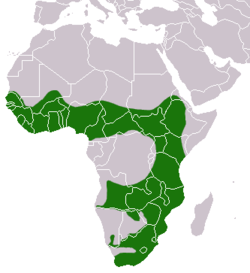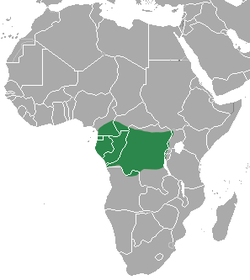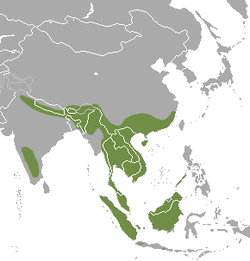| Aonyx [1] | |
|---|---|
 | |
| Aonyx cinereus | |
| Scientific classification | |
| Domain: | Eukaryota |
| Kingdom: | Animalia |
| Phylum: | Chordata |
| Class: | Mammalia |
| Order: | Carnivora |
| Family: | Mustelidae |
| Subfamily: | Lutrinae |
| Genus: | Aonyx Lesson, 1827 [2] |
| Type species | |
| Aonyx delalandi [a] [1] Lesson, 1827 | |
| Synonyms [3] [1] | |
Aonyx is a genus of otters, containing three species, the African clawless otter, the Congo clawless otter, and the Asian small-clawed otter. The word aonyx means "clawless", derived from the prefix a- ("without") and onyx ("claw/hoof").












